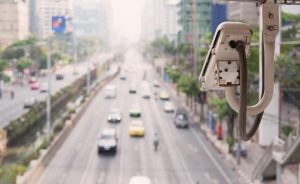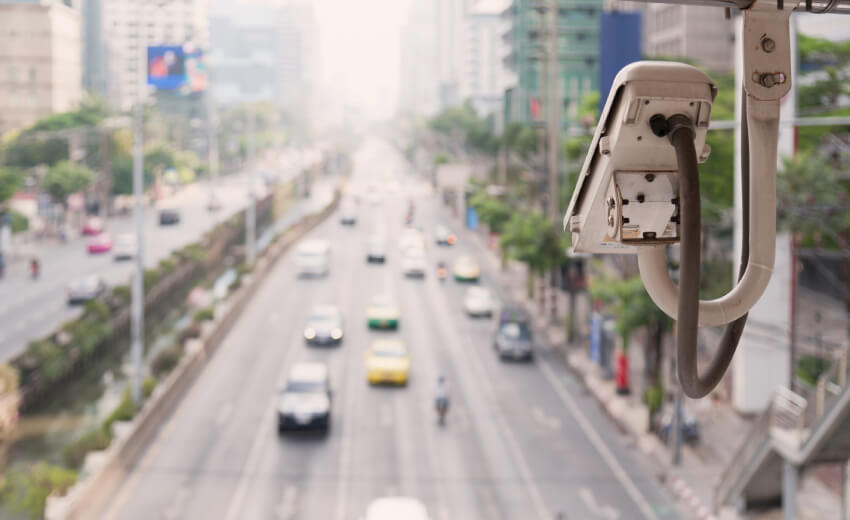Despite their advantages, cloud-based ANPR solutions are not without limitations or challenges in their implementation. These are mostly technical but can, at times, be the result of budgeting concerns as well. There are several factors that a customer should be aware of before installing an ANPR solution.
The most obvious limitation is that analytics on the cloud may not be suitable for solutions that require immediate actions taken based on the insights. For instance, a solution that opens a gate or boom barrier to a parking lot after identifying the user through ANPR needs to open gates within seconds. Failure to do this will cause in irate users or customers. You cannot afford to have network-related delays here, and hence, solution on the edge works better.
Internet connectivity
Cloud-based solutions – as the name suggests – require an Internet connection to work, so they may not be feasible for projects where having an Internet connection is out of the question.
“Event detection is also an issue in case of cloud-based ANPR, which can be avoided if the bandwidth allows for a continuous video stream of the monitored areas (as in this case our solution uses video analytics-based triggering), but this is not yet realistic in terms of accessible infrastructure and also when considering economic reasons,” explained Adrian Cseko, Head of Sales at Asura Technologies. “Another way to tackle the problem is either an image pre-selection mechanism set in place, triggers (like inductive loops) or cameras that include some sort of triggering mechanism, the latter solution, however, may prove more costly due to the price difference compared to standard IP cameras that provide sufficient image quality for ANPR.”
Camera quality
The basic rule of the thumb when selecting a camera for ANPR is that if a license plate is recognizable to a human eye, an ANPR solution will recognize it too. Having said that, since cameras on highways often have to deal with rugged conditions, there are several instances where they failed to give continuous clear visuals.
“Camera image quality is essential during all weather and lighting conditions,” said Walter Verbruggen, Sales Director at Avutec. “A dedicated ANPR camera system will always outperform another type of camera, as it is optimized for ANPR image quality, offers more speed and does not require any image or video compression, compromising the image quality.”
Camera placement is also essential to capture license plates. Too far or too near would result in images that are not useful. Similarly, installing cameras too high or too low would also be problematic. Finally, when the visuals are blurred because of rain, fog, dust, or other such elements, the ANPR solution would have difficulty recognizing the plates. It should be noted that these kinds of problems pose a challenge to any ANPR solution regardless of whether they are located on the cloud or the edge. Read about how to install an ANPR camera here.
Lack of customizability
Gabor Jozsa, CMO at Adaptive Recognition issues like network connectivity, is not limited to ANPR but could define any cloud-based system. However, a more significant limitation is the difficulty of providing services that may need certain unique recognition features.
“Limitation in customized features is an issue,” Jozsa said. “Sometimes, the customer’s application requires specific OCR engines and recognition functions which can be provided perfectly with our on-premise solutions”
Limitations vs. advantages
To conclude, both cloud-based and edge-based ANPR solutions have their advantages and disadvantages. Both are suited for different verticals and applications, which makes comparison difficult as well. Any decision to purchase from customers should be based on the application.
- Source: Prasanth Aby Thomas, Consultant Editor

About the author